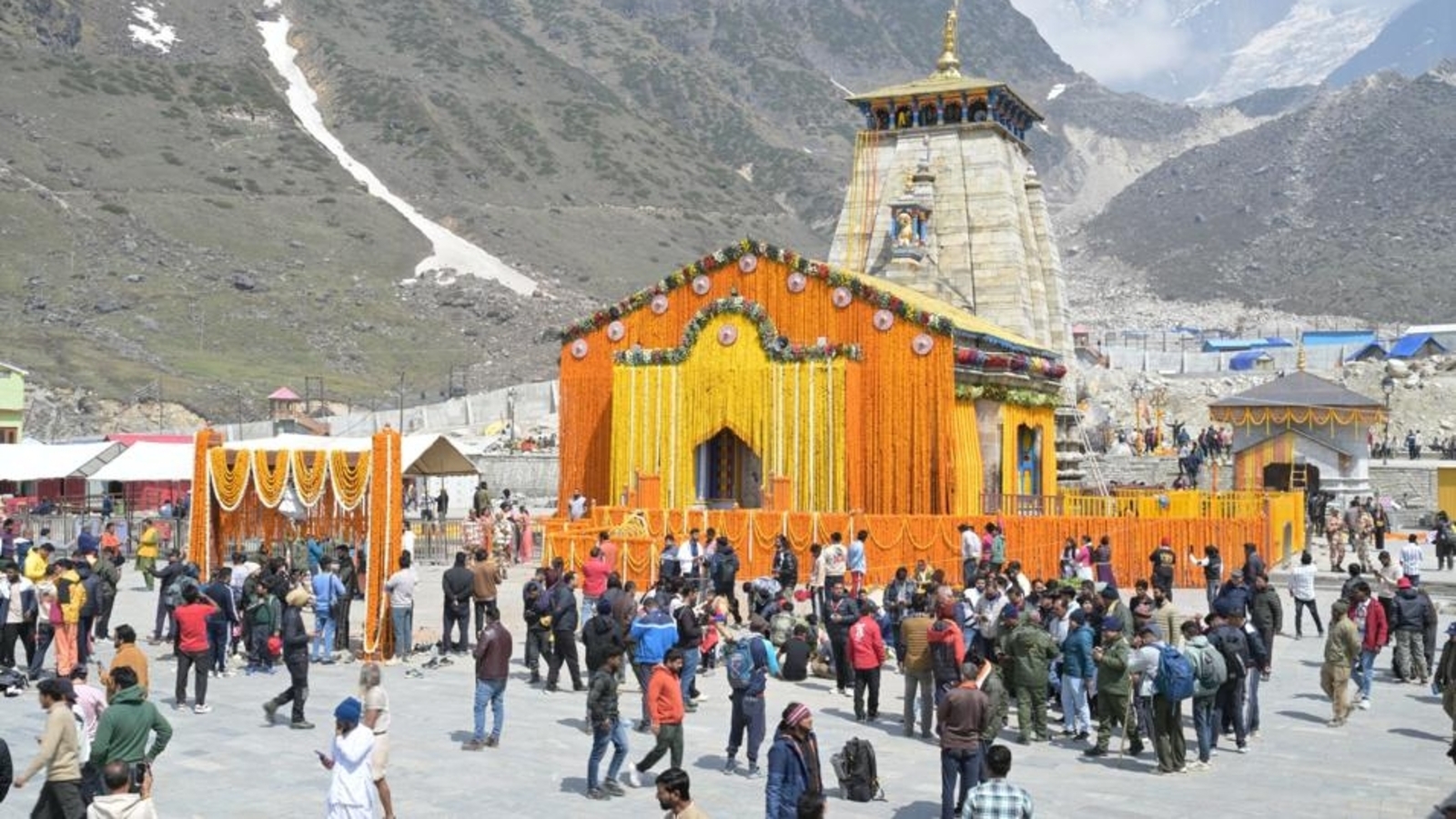Simple steps to prepare for high-altitude travel in the Himalayas

The Himalayas—home to the highest mountain range in the world—offer an unparalleled experience of adventure, spirituality, and natural beauty. But for all their majesty, traveling to high-altitude regions in the Himalayas requires serious preparation. Whether you’re planning a trek to Everest Base Camp, a pilgrimage to Kedarnath, or a road trip to Leh-Ladakh, acclimatizing to the altitude and preparing your body and mind are essential for a safe and enjoyable journey. Proper gear, hydration, physical fitness, mental resilience, and awareness of altitude sickness can make all the difference between a challenging ordeal and a life-changing, unforgettable Himalayan adventure.
High-altitude travel typically refers to elevations above 2,500 meters (8,200 feet), where oxygen levels decrease, and the risk of Acute Mountain Sickness (AMS) increases. Without proper preparation, symptoms like headache, nausea, dizziness, and fatigue can affect your trip—or even turn it dangerous.
Here are simple and practical steps to prepare for high-altitude travel in the Himalayas:
1. Start Physical Conditioning Early
High-altitude travel is physically demanding, especially if trekking or walking long distances is involved. Begin training at least 4 to 6 weeks in advance.
- Cardiovascular exercise: Include brisk walking, jogging, cycling, swimming, or stair climbing in your routine.
- Strength training: Focus on leg muscles, back, and core to support carrying a backpack or walking on uneven terrain.
- Practice hiking: If possible, go on local hikes with elevation gain to simulate real conditions.
Even if you’re not trekking, general fitness can improve your ability to handle reduced oxygen levels.
2. Understand the Symptoms of Altitude Sickness
Knowledge is power. Learn to identify the early signs of Acute Mountain Sickness (AMS) so you can take action before it worsens.
Common symptoms include:
- Headache
- Nausea or vomiting
- Loss of appetite
- Dizziness or light-headedness
- Difficulty sleeping
- Fatigue or shortness of breath
If symptoms become severe (confusion, inability to walk, persistent cough), it could indicate High Altitude Pulmonary Edema (HAPE) or High Altitude Cerebral Edema (HACE)—both medical emergencies.
3. Ascend Gradually Whenever Possible
If you’re trekking, follow the golden rule of high-altitude travel: “Climb high, sleep low.” Gradual ascent helps your body adjust.
- Don’t climb more than 300-500 meters per day once above 3,000 meters.
- Include rest days every few days to allow for acclimatization.
- Avoid flying directly to high-altitude locations when overland travel is possible. If you fly (e.g., to Leh), rest for at least 24-48 hours before engaging in strenuous activity.
4. Stay Hydrated and Eat Well
Dehydration worsens the symptoms of altitude sickness. Drink 3–4 liters of water daily. Avoid excessive caffeine and alcohol, both of which can dehydrate you and impair acclimatization.
Eat a high-carbohydrate diet to maintain energy levels. Warm soups, fruits, and whole grains can be excellent staples. Even if your appetite decreases, make sure to eat small, frequent meals.
5. Pack the Right Gear
Packing smart is crucial for Himalayan travel. Conditions can change rapidly.
Essentials include:
- Layered clothing (base layer, insulation layer, waterproof outer layer)
- Sturdy, well-broken-in trekking shoes
- Sunscreen and sunglasses (UV is stronger at high altitudes)
- Water purification tablets or filter
- Sleeping bag rated for sub-zero temperatures (if camping)
- Portable first aid kit
Don’t forget AMS-prevention essentials like Diamox (acetazolamide)—consult your doctor before using it.
6. Use Medication Cautiously
Diamox is often prescribed to help acclimatize faster and reduce the risk of AMS. It works by increasing the breathing rate to raise blood oxygen levels.
However:
- Always consult a doctor before using it.
- Start the medication 1-2 days before reaching high altitude.
- Be aware of possible side effects (numbness, tingling, frequent urination).
Avoid over-the-counter sleeping pills; they can suppress breathing and worsen altitude issues.
7. Listen to Your Body and Don’t Rush
Patience is key in the mountains. If you feel unwell, stop, rest, and if necessary, descend. Never ignore symptoms or push through illness. Many fatalities in the Himalayas occur because symptoms of AMS were overlooked or underestimated.
Traveling with experienced guides or local support can be incredibly helpful in identifying and managing altitude-related issues.
8. Stay Informed and Check Conditions
Weather, road, and trail conditions can be unpredictable. Always check forecasts, local advisories, and keep emergency numbers handy.
Consider registering your travel plans with a local authority, especially if you’re venturing into remote areas.
Final Thoughts
High-altitude travel in the Himalayas is deeply rewarding, offering a mix of natural wonder, personal challenge, and spiritual reflection. But to truly enjoy the experience, preparation is essential. By taking these simple, practical steps—such as acclimatizing properly, packing appropriate gear, maintaining hydration, and respecting local customs—you’ll minimize the risks and maximize your time in one of the most awe-inspiring places on Earth.
Whether you’re a first-timer or a seasoned trekker, always remember: In the Himalayas, respect for altitude is non-negotiable. Prepare well, travel smart, and let the mountains reveal their magic to you—safely.
Let me know if you’d like to adapt this post for a specific trek (like Everest Base Camp, Kedarnath, or Roopkund), or add a downloadable checklist for readers!



